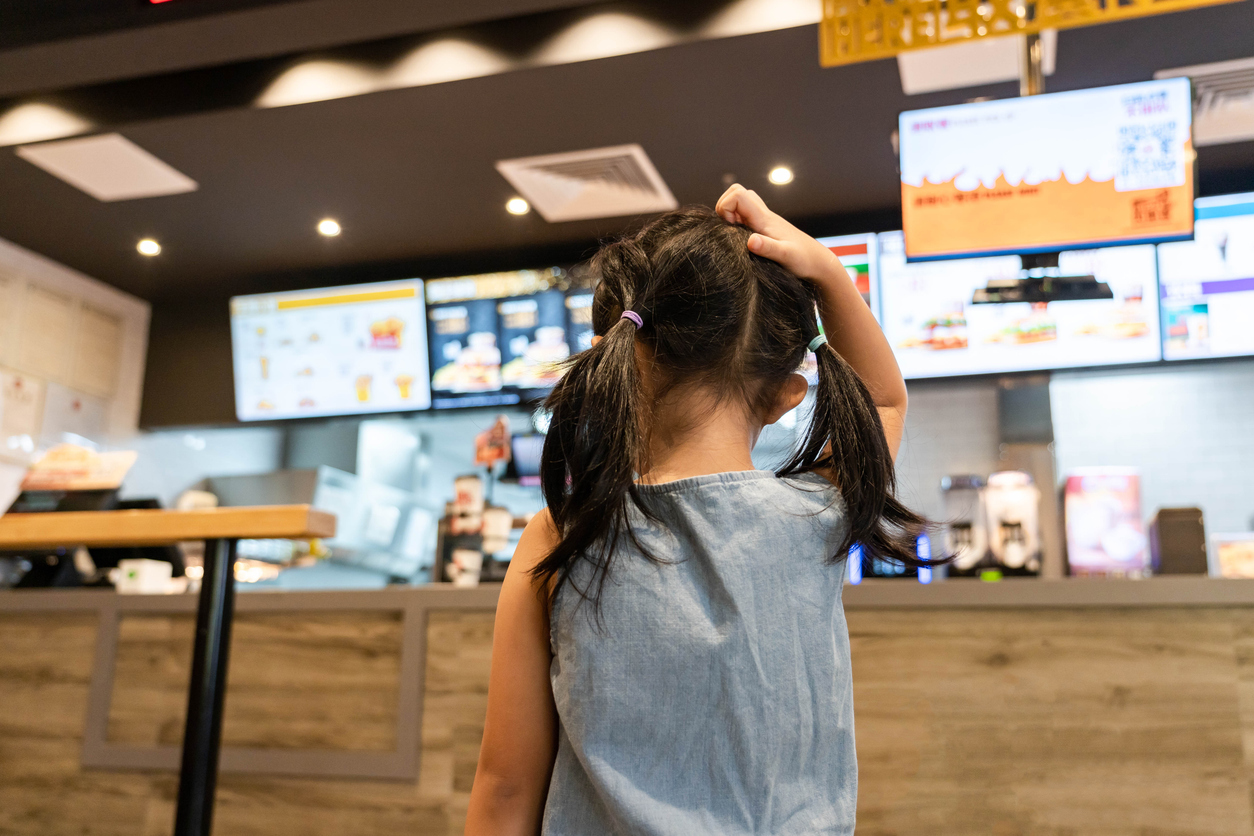Employee engagement and retention are crucial for any successful restaurant. Engaged employees are more motivated, productive, and dedicated to delivering top-notch service. Additionally, high retention rates reduce costs associated with training and turnover.
When staff members are motivated and satisfied, they provide better service and stay longer, which helps the restaurant thrive. Improving engagement and retention involves creating a positive work environment, offering growth opportunities, and recognizing employees' efforts. Let’s explore simple and effective techniques to boost employee satisfaction and keep your best team members on board.
What Is Employee Engagement?
Employee engagement refers to how invested and committed employees are in their work and workplace. In the restaurant industry, engaged employees are more likely to be attentive to customer needs, contribute positively to team dynamics, and maintain high service standards. This engagement directly impacts service quality, customer engagement, and overall business performance.
Engaged restaurant employees take ownership of their roles, leading to better service delivery. Whether a friendly greeting or a personalized recommendation, these interactions enhance the customer experience and encourage repeat visits.
What Is Employee Retention?
Employee retention in the restaurant industry refers to the ability to keep staff members for extended periods, reducing turnover rates. High retention means a more experienced and stable workforce, which translates to better service, fewer disruptions, and lower training costs.
In restaurants, retaining skilled employees is essential for maintaining service quality and customer satisfaction. When experienced staff stay longer, they develop stronger customer relationships, enhance team cohesion, and contribute to a stable work environment.
Employee retention has long been an issue in the restaurant sector. The industry has one of the highest turnover rates, with an average of approximately 79.6% in 2024. According to the Bureau of Labor Statistics, the quit rate in food service and lodging is more than 5% greater than in any other business.
Relationship Between Engagement And Retention
Employee engagement and retention are closely linked in the restaurant industry. Employees who feel engaged are more likely to stay with the company, reducing turnover rates. Restaurants that invest in engagement strategies—like recognition programs, flexible scheduling, and positive work environments—often see improved retention and lower recruitment costs.
How Engagement Affects Retention
In the restaurant industry, engagement often involves initiatives like loyalty programs, personalized service, and social media interactions that connect employees and customers. High engagement leads to better customer retention, as satisfied customers return and spread positive word-of-mouth. Research shows that a well-engaged workforce not only retains customers but also increases profitability by reducing costs associated with high turnover.
Benefits Of High Engagement Levels
High employee engagement drives customer loyalty and repeat business. Engaged employees are likelier to provide exceptional service, leading to positive reviews and increased satisfaction. Customers consistently receiving great service are more likely to recommend the restaurant to others, enhancing word-of-mouth marketing. Over time, this increased customer retention boosts revenue and overall profitability.
Strategies For Employee Engagement And Retention

Employee engagement and retention create a positive workplace, reducing turnover and enhancing restaurant performance. Here are some strategies restaurants can use to keep their teams engaged and retain your restaurant:
Survey Your Employees
Gathering feedback through employee surveys is an effective way to understand what motivates your staff. Designing anonymous surveys focusing on key areas like job satisfaction and work environment can reveal valuable insights. Once feedback is collected, it’s essential to act on it to show employees that their voices are heard.
Minimize Burnout
Burnout is common in the restaurant industry due to long hours and high-stress environments. Reducing burnout involves implementing reasonable shift lengths, ensuring regular breaks, and maintaining manageable workloads. Providing mental health resources and promoting a supportive work culture can also help mitigate burnout.
Let Your Employees Make Their Own Schedule
Offering flexible scheduling options can significantly boost employee morale. Allowing staff to self-schedule or choose shifts that fit their availability creates a better work-life balance and reduces stress. While flexible scheduling can present challenges, such as ensuring coverage during peak hours, these can be managed with effective planning.
Prioritize Employee Appreciation
Recognition and appreciation are powerful motivators. Simple gestures like personalized thank-you notes, “employee of the month” programs, or small rewards can go a long way in boosting morale. Recognition must be genuine and consistent so employees feel valued for their contributions.
Work On Improving Company Culture
A positive company culture is key to employee engagement. Creating a culture where employees feel supported, valued, and part of a team fosters loyalty and commitment. Organizing team-building activities, encouraging open communication, and promoting inclusivity can strengthen company culture and enhance employee engagement.
Increase Compensation
Competitive compensation plays a major role in employee satisfaction. Reviewing pay rates and offering performance-based incentives can help attract and retain talent. Transparent compensation practices also build trust and encourage employees to stay longer.
Improve Productivity With Time Tracking Tools
Time-tracking tools are valuable for monitoring productivity and managing shifts effectively. Tools that track work hours, manage schedules, and analyze productivity can streamline operations and ensure efficient time use. Implementing these user-friendly tools ensures that they enhance, rather than hinder, employee engagement.
How To Measure Employee Engagement And Retention Rates
Measuring engagement and retention is essential for understanding workplace dynamics and identifying areas for improvement. Here’s how to track these metrics:
Turnover Analysis
Turnover analysis involves calculating turnover rates and understanding the factors behind them. Examining why employees leave can address issues like inadequate compensation or a negative work environment. Based on turnover data, improving retention may involve enhancing company culture or offering better benefits.
Recognition Metrics
Tracking recognition metrics helps measure the effectiveness of recognition programs. Metrics like participation rates and employee feedback provide insights into whether your programs boost morale and engagement. Successful recognition initiatives can significantly impact both engagement and retention.
Challenges In Employee Engagement And Retention
The restaurant industry faces unique challenges in engaging and retaining employees, such as:
High Turnover Rates
Restaurants often experience high turnover due to low wages, long hours, and stressful working conditions. This turnover disrupts operations, increases training costs, and leads to a loss of experienced staff, making it a major issue for restaurant management.
Work Environment Issues
Common work environment issues in restaurants include safety concerns, poor work-life balance, and lack of management support. A negative environment can lower employee morale and reduce productivity, increasing turnover.
Seasonal Variations
Seasonal fluctuations in customer demand can impact staffing needs and employee engagement. Managing these variations requires flexible scheduling, hiring seasonal staff, and maintaining open communication to keep employees engaged during slower periods.
Enhancing Employee Engagement And Retention With Checkmate
Enhancing employee engagement and retention is essential for building a thriving restaurant team. Checkmate provides tailored digital solutions to help you achieve these goals, with features designed to streamline operations and free up employee time so they can focus on more high value tasks. Schedule a demo to see how Checkmate can benefit your restaurant.





